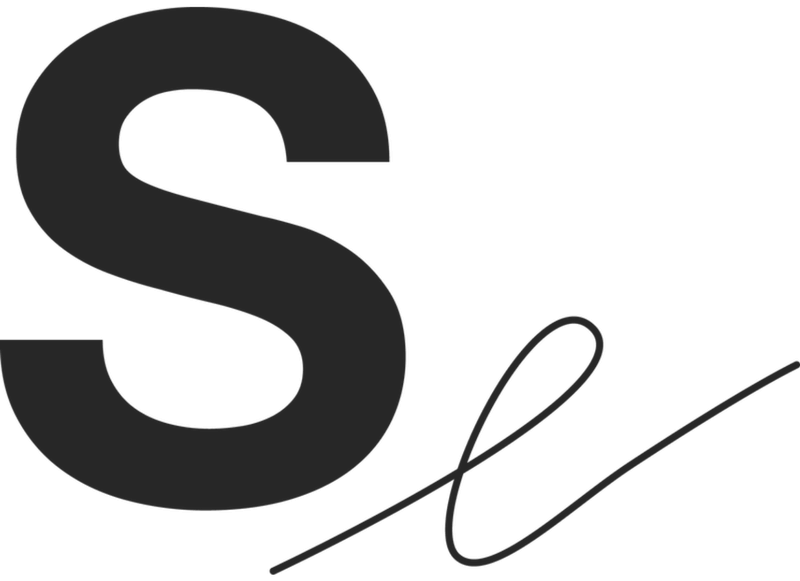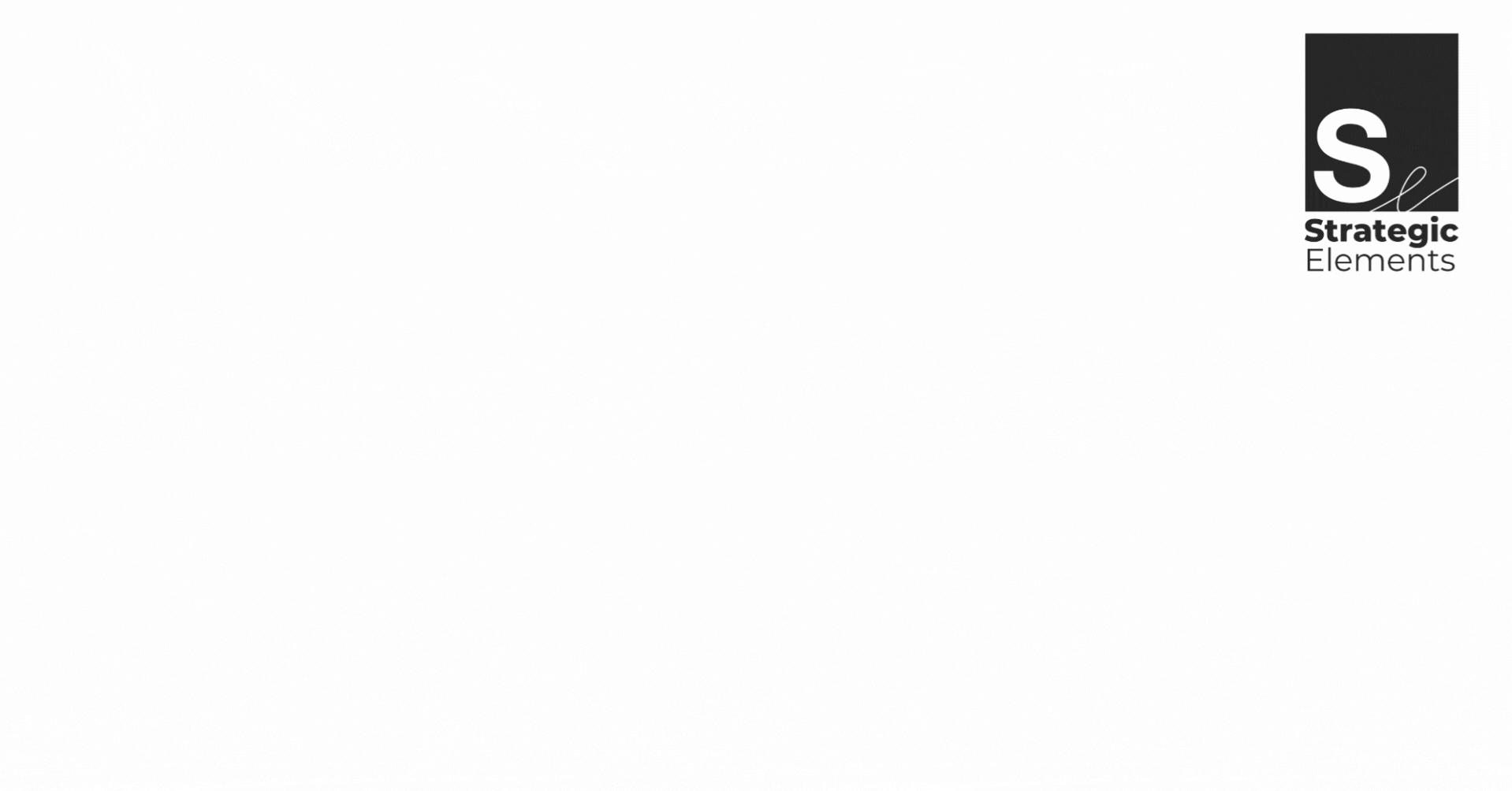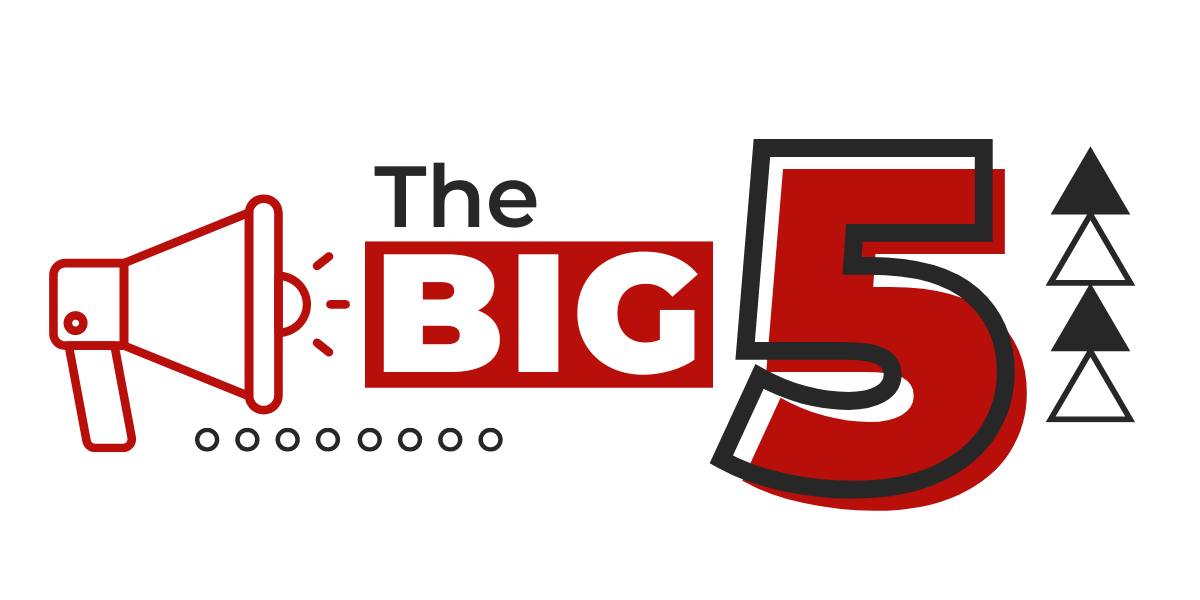DATA POINTS
- 10.4%: The share of Fortune 500 companies with female CEOs (unchanged from last year)
- 12: The number of hours the suspect in Trump’s second assassination attempt may have sat along the tree line at the Trump International Golf Club
- 20: The number of security guards that travel with Elon Musk due to an increase in death threats
- 32%: The percentage of Americans ages 18-34 that reported feeling both nervous and scared about the upcoming election
- 6.87 Million: The number of viewers who watched the Emmys this year; the highest viewership in 3 years
- 52 Million: The number of Costco memberships that are impacted by the first membership fee increase in 7 years
Borrow, Baby, Borrow!
This year’s budget deficit is on track to hit $1.9 trillion exceeding a record only broken by borrowing in World War II, the ‘08 financial crisis, and the COVID-19 pandemic. Publicly held debt recently passed $28 trillion (nearly matching 100% of the U.S. GDP). Unless Congress steps in to change course, the debt will climb to the point where interest costs alone would be higher than annual defense spending.
Everyone wants to shrink the U.S. federal budget – until it’s time to fund their programs. And neither Donald Trump nor Kamala Harris are talking about the debt. Instead, they are campaigning on promises of new spending to solve issues Americans are facing. It’s a terribly difficult issue to message to voters. How can you say you’re investing resources into a seemingly sunken boat? Communicating the importance of avoiding restrained economic growth and warning of the dangers in not being able to borrow future funds for urgent needs (like the next COVID or unknown future conflicts) when the people are focused on more tangible issues is not an easy task. Neither candidate wants to appear disillusioned to the plight of the average American.
That’s not to say Trump and Harris are equal on fiscal policy. Harris has outlined strategies to pay for her presidential agenda. To quote Trump during their debate, he has “concepts of a plan” (which he said referencing healthcare reform). However, Trump promised to exempt tips from taxation, end Social Security benefit taxes, and lower tax rates for U.S. manufacturing companies. Regardless of their messaging, both Harris and Trump were part of administrations that increased the national debt and promised to protect the biggest debt drivers – Medicare and Social Security.
If you give a mouse a cookie, he’s going to want one next year with a budget expansion and promises to keep his program viable for another decade. Once government programs are implemented, it’s far more difficult to end them.
Read More at The Wall Street Journal
 The Internet Adolescence
The Internet Adolescence
Instagram is changing the ways teens use the platform, aiming to protect them with new privacy settings. Starting this week, new and existing accounts for users under 18 will default to private mode. This move means teens must approve followers before they can interact with their posts, helping to create a safer and more controlled online experience. Instagram is also limiting notifications between 10 p.m. and 7 a.m., ensuring teens catch some real-life Z’s instead of endless DMs. The idea of this is to restrict sensitive content and prevent unwanted direct messages from strangers.
For teens under 16, parental permission is now the key to adjusting these privacy settings, and the new parental supervision tool will let adults peek into their child’s app time and interactions. While these updates address rising concerns about social media’s impact on teens, not everyone will be thrilled—especially aspiring influencers who live for likes and thrive on public profiles. As Instagram tightens privacy rules, families might find themselves in a tug-of-war between protection and freedom. Navigating this new terrain won’t just be about controlling screen time—it’s about encouraging digital street smarts.
Read More at The New York Times
Renewables to the Rescue
There is strength in diversity – something the energy sector knows well. As extreme heat trends grow more powerful from year to year, renewable energy is playing a critical role in preventing blackouts for millions of Americans. Power demand rises considerably during the hottest months of the year as consumers crank their A/C units. Unfortunately, traditional power plants can be tripped up by the temperatures as the increased heat stresses their units. Luckily, wind and solar energy have no trouble performing in the sweltering sun.
States like California and Texas, who are the biggest investors in clean energy, avoided rolling blackouts this summer despite record high temperatures. In previous years, The Golden State has been forced to import power from surrounding states to meet their consumption needs. This year, they had surplus to send elsewhere. Texas also faced immense power demand during heat waves, but it had plenty of wind and solar energy to meet the needs of its users.
With more states looking to data centers and major economic development projects to infuse income into communities, more energy is needed to meet the demand. States like California and Texas may be good case studies for how to meet electricity demand. Will the wind continue blowing – and the sun keep shining – toward renewables? Stay tuned to The Weekender for the latest energy news across the county.
Read More at The Wall Street Journal
 Microplastics, Macroproblems
Microplastics, Macroproblems
It’s no secret that the packages protecting our food pose a serious threat to humanity’s trash dilemma, but that may not be the only concern. A new study found that chemicals (3,601 of the 14,000 found in packaging) have been found in the human body. Metals, volatile organic compounds, PFAS, Phthalates, and many more are key components of packaging materials – and are now inside the people who eat their contents. These chemicals are known, at some level of exposure, to cause cancer and disrupt the endocrine system.
How did they get there? Well, plastic can leak into food – but the surprising worst offender is recycled paper and cardboard, which can have nonfood grade inks adjacent to their food, adding a new layer to chemical ingestion risks.
Chemical ingestion trends sit next to the threat of microplastics, which have already been found in every human organ (including the brain). The most common type of microplastics found in humans comes from single-use bottles, food packages, and plastic pellets breaking down in the ocean and landfills. These compounds have been found in human blood, hearts, male reproductive systems, lungs, and the liver. They can lead to lung inflammation, lung cancer risk, metabolic disorders, neurotoxicity, and decreased reproductive health.
With more plastics being put into rotation every day with most finding their grave in the ocean, it may be a serious problem that threatens human health and needs further investigation and understanding. The sooner the better.
Read More at The Washington Post
 Is Silence the Answer?
Is Silence the Answer?
Just a few years ago, institutions including multinational corporations, popular breweries, and centuries-old universities chimed in on the hottest political and social justice debates. Today, they increasingly don’t bother. The thought was that with great power comes great responsibility – so they felt obligated to take a stance. The outcome? They angered everyone. For example, Target caught flack for LGBTQ displays during Pride Month, and even more when they removed them.
Most recently, campuses found themselves as the forefront of culture wars as students – and non-students – protested the Israel-Hamas war. But times may be changing. This week, four prominent universities joined a growing number of institutions in implementing neutrality policies, saying they will no longer make statements about politics and world events.
Neutrality comes with its own risks as it could be perceived as indifference, flying against a core value of Gen Z activism. The winds may be changing, but they’re not done blowing. Only time will tell the ways corporations and institutions adjust to the constant flow of cultural issues and social advocacy.
See you next week!
Be sure to follow us on Facebook, Twitter, and LinkedIn for more news and industry updates. To receive a copy of The Weekender in your inbox, sign up here.





 The Internet Adolescence
The Internet Adolescence
 Microplastics, Macroproblems
Microplastics, Macroproblems  Is Silence the Answer?
Is Silence the Answer?
